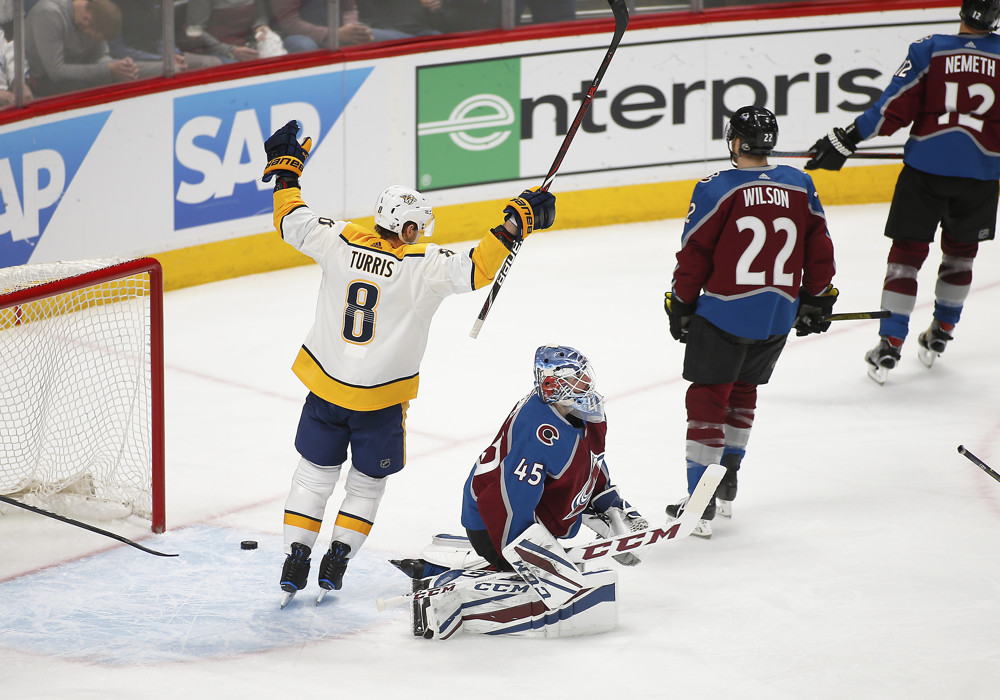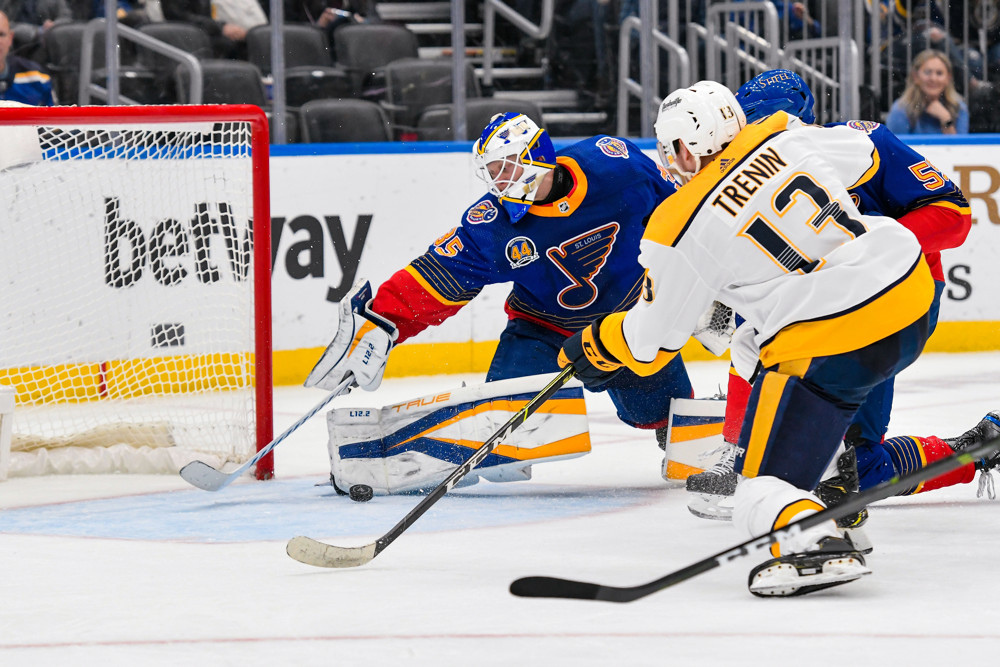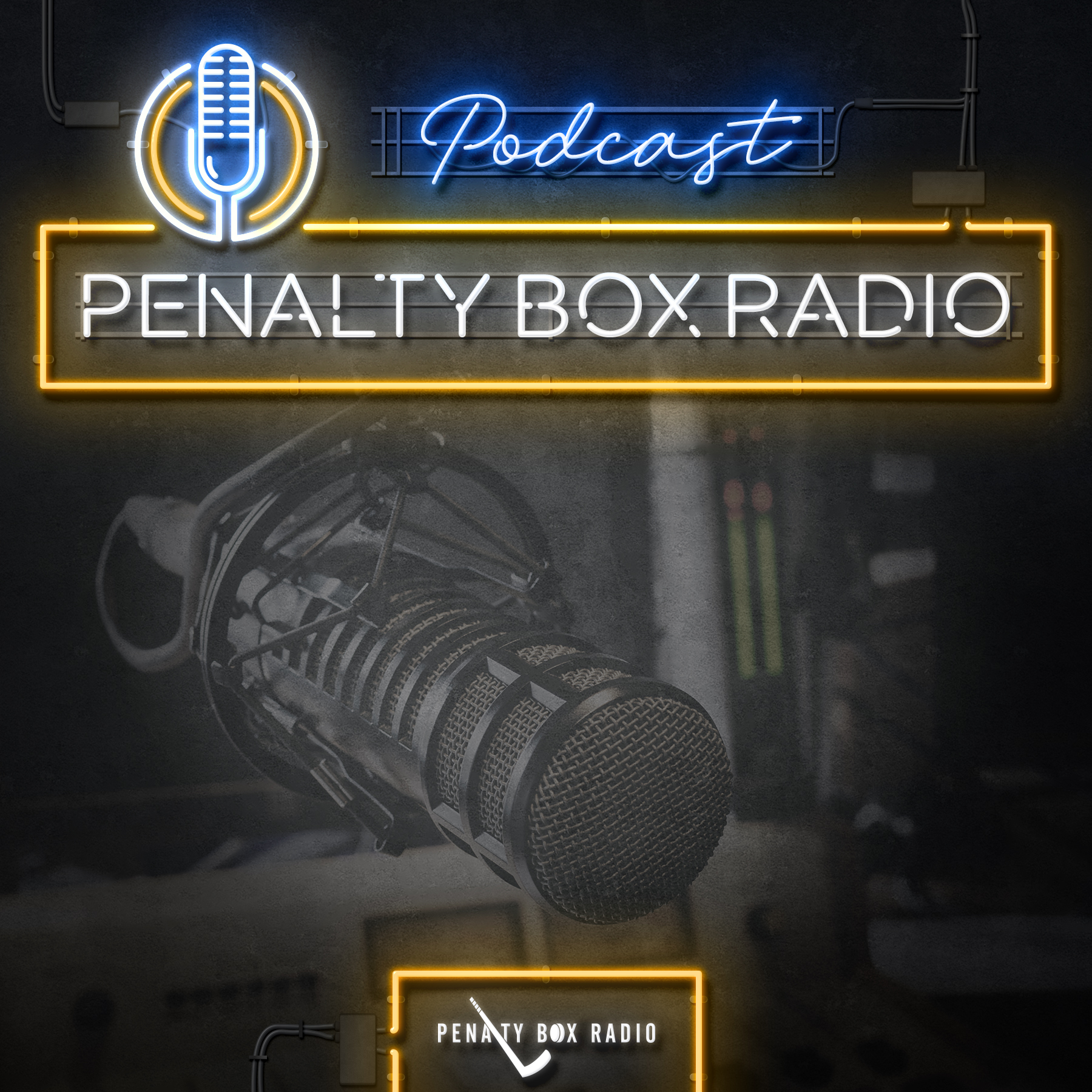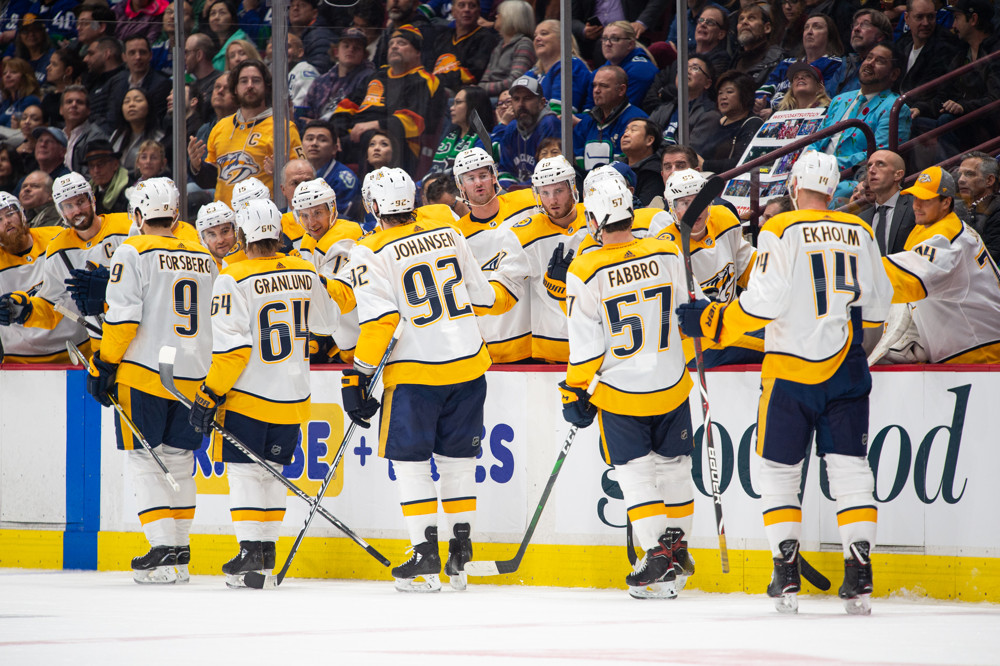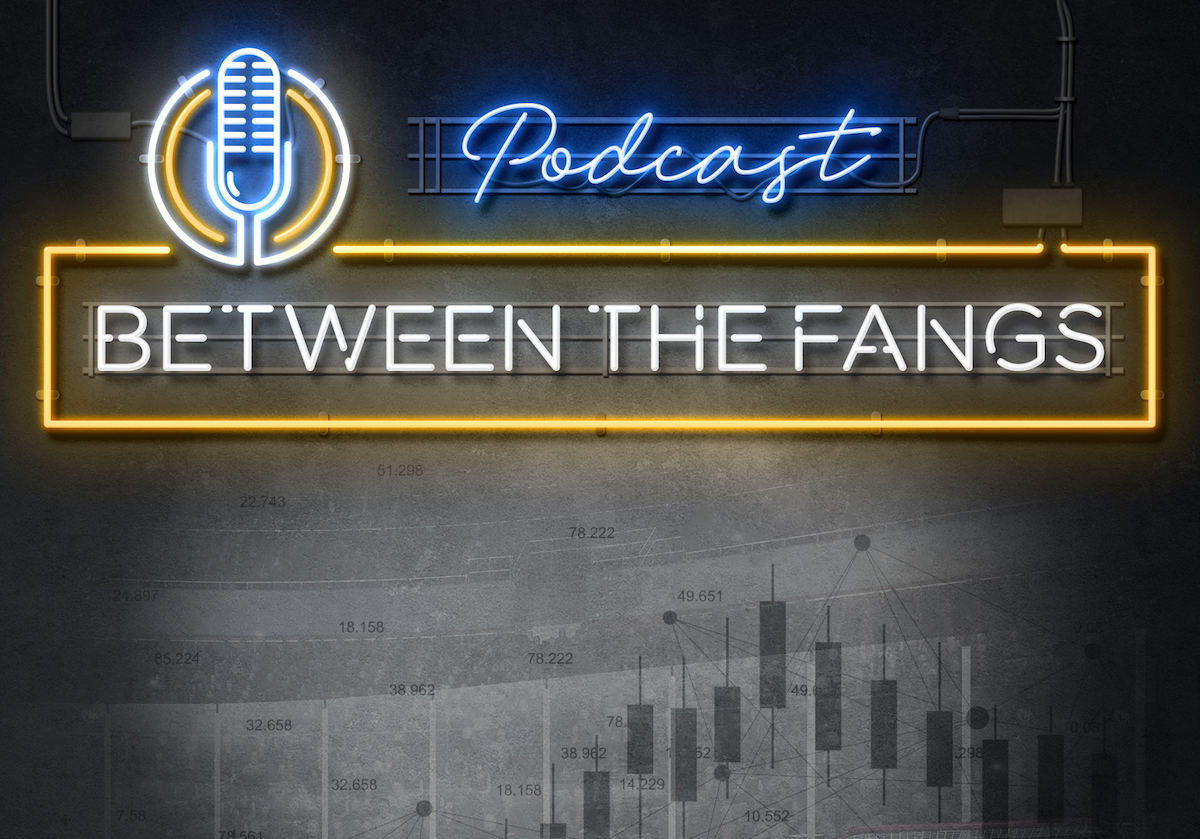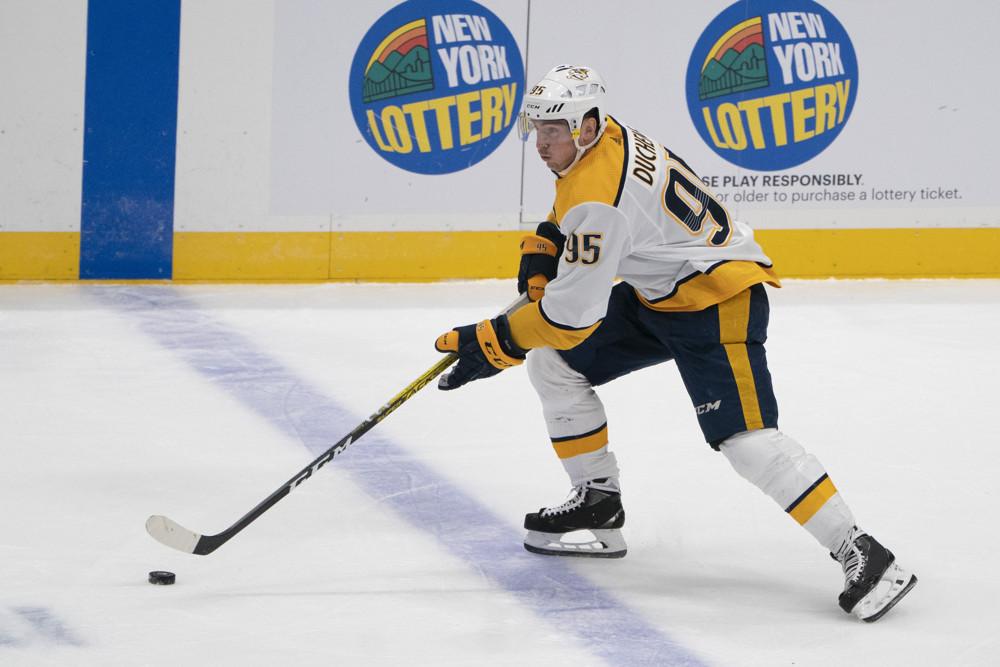Expectations are a funny thing. They can be large or small, like making the bed in the morning or buying toilet paper. I’ll allow you to decipher which one is large and which one isn’t as important.

My point is that expectations are everywhere, people depend on them to understand if others or themselves have completed their responsibilities. This is doubly true in the world of sports. We as fans, writers, and management come up with expectations that we think are reasonable in order to determine a level of failure or success for a player. Whether our expectations are fair is another matter entirely, but I think it’s reasonable to suggest that we all engage in this behavior.
Because of this, I wanted to look around the Nashville Predators’ locker room and think of expectations. No, I won’t be going through every player, instead, I’ll be taking a look at whose expectations are likely way too high and whose are way too low.
For this exercise, we’ll be using data mostly taken from last season, but I will make note if we go back any farther. Also, five on five data only, the terrible powerplay’s effect on shooting percentages alone could be a totally different article.
Tempering

Before we start, I just want everyone to know that I’m not attacking your favorite player. I understand that saying these three guys will likely not produce at the rate they did in 2018-19 might sound blasphemous, but this is actually for their benefit. They likely got super lucky and there’s probably a very minor chance they repeat. And that’s ok, I just hope that we can still appreciate them in November when they haven’t performed up to what we expected.
Starting off the trio of overachievers is someone whom I’ve often criticized. Nick Bonino was the luckiest Predator who played more than 50 minutes at five on five. His 104.1 PDO (compare to a team median of 100.6) was largely due to his squad’s 94.7 on-ice save percentage as well as his team-leading on-ice shooting percentage of 9.42.
While Bonino’s on ice numbers were high, most of that came from his own personal numbers. He placed second on the team in shooting percentage with 14.44 and more than doubled his actual goals compared to expected.
I’m not trying to be a hater or anything, but unless Bonino developed some incredible shooting talent at the ripe age of 30, I don’t think these numbers will last. Especially considering his average career shooting percentage is closer to 9% than 14% and he produced fewer high danger chances per 60 than he has is the past seven years. If the Predators were in some cap trouble, maybe now would be a good time to sell high?
Our next victim of luck happens to be Bonino’s linemate, which is unsurprising. The main difference here is that this winger didn’t produce personal record-breaking offensive numbers, it’s what happened on the other side of the puck. The man of the hour is, of course, Austin Watson.

Watson produced four goals at five on five off of 59 shots, good for a 6.78 shooting percentage. That number is unremarkable and unfortunately, I’m not sure how reproducible it is. Watson has played four seasons of 37 games or more in the NHL and his shooting percentages are as follows, 3.77%, 5.95%, 10.84%, and 6.78%. That’s quite a wide range for only a few years, and so I feel scared to make a prediction based upon it. If I had to, I’d say he’s closer to 6.78% and than 10.84%, but that’s just my gut talking.
So no, Watson’s goals don’t worry me, after all, he produced four goals to an expected 4.75. It’s the other numbers that leave me worried about the fourth line. Watson had the fourth-highest PDO with a 103.2, mostly supported by a 93.86 save percentage and Bonino’s shooting luck. What will happen to Watson’s eight assists when Bonino is no longer scoring twice as much as expected? All of a sudden that 12 points become eight and that fourth line’s offense isn’t looking too hot.
That said, defense is still a concern with Watson. The Predators scored 20 goals while he was on the ice while only giving up 14, which is an incredible feat but not necessarily a sustainable one. With Watson on the ice, the Predators only controlled 47.12% of scoring chances, 43.33% of high danger chances, and 45.64% of expected goals (good for second-worst on the team behind Brian Boyle).

Now, this isn’t necessarily Watson’s fault. He was used as a shutdown defender against better competition while also only starting in the offensive zone 27.55% of the time. This is a role he isn’t meant for and it’s not his fault that his coach continually puts him in a spot where it’s tough for him to succeed.
Hopefully Peter Laviolette adjusts Watson’s usage, but it likely won’t happen. And when it doesn’t, maybe don’t blame Watson as much as everyone else does.
The last guest on our sobering journey is one I’ll likely get a lot of grief over. Please don’t expect Viktor Arvidsson to produce at the level he produced last year, there’s no way it was sustainable.
Of everyone in the NHL that played over 500 minutes, Arvidsson’s 16.34 shooting percentage was the 16th highest of 574 candidates. He’s next to some talented snipers like Steven Stamkos and John Tavares, but I don’t think anybody will make the case he’s as good of a shot as those guys.
That 16.34% looks especially high compared to his last two seasons, 9.90 and 9.74. Couple that with the fact that Arvidsson scored 25 actual goals to 12.59 expected goals and last season starts to look a little funky. That pace would result in about 35 goals over an 82 game pace, two more than league leader John Tavares in 2018-19. I like Arvidsson a lot but that would be a little ridiculous, especially considering he’s put up about 20 goals over an 80 game pace in the two seasons before last.
Here’s the thing, I wouldn’t be surprised if Arvidsson scores 34 goals at all strengths again, but not over such a short season. I think 30-35 goals and 60 points is absolutely an attainable goal, but over 80 games. Thinking that Arvidsson will continue to shoot at his incredible pace is a mistake, but it’s an easy one to make with how excited everyone was about his record-breaking season.
From The Ashes
This part is made for one person, and I’m sure you can guess who it is. There were only four Predators’ regulars who had below-average PDOs during the season. Two of them are no longer with the squad as P.K. Subban and Kevin Fiala were traded away, while Mikael Granlund and Kyle Turris were ice cold.
Granlund only played 16 games and never really had a set pair of linemates, so he gets a pass for a less than stellar stint. I don’t think his expectations will be too high or low, so I’m not going to focus on him. Turris, on the other hand, is the player that everyone will be looking at.
When Matt Duchene was brought in, many people questioned what the Predators would do. Their top two centers make eight million dollars per year, meaning that their third-line center (Turris) makes six million and their fourth-line center (Bonino) makes four million per year. That’s a lot of money tied up in “depth” roles.
As far as individual stats go, Turris had a dismal 2018-19 season. He scored two goals and 13 points in 55 games. He shot at 3.39%, his personal worst, not including a three and six-game stint in Arizona at the beginning of his career. Generally, he averages between 8 and 11%, meaning that Turris would’ve produced at least double the goals he did. This is backed up by the fact his two actual goals is less than half of his 4.38 individual expected goals.
Scoring goals isn’t what Turris is known for though, Turris is a playmaker at heart. His passing ability is what separates him from the pack, and his team’s on-ice shooting percentage shows why Turris underperformed.
A 98.2 PDO was mostly highlighted by Turris’ on-ice 5.36 shooting percentage. There are quite a few reasons for this, injuries to just about every possible linemate, rough shooting luck, and worst of all, injuries to Turris himself. Everything that could go wrong for Turris did.
Moving away from individual numbers, Turris’ stats in the defensive end were just as unlucky as his offensive numbers. Despite an above 50% Corsi, shot share, and expected goal share, Turris’ actual goal share was a dismal 43.75%.
Last season was a mirage in Turris’ career. Yes, Turris is 30 and players don’t often bounce back after that, but injuries were what killed Turris’ campaign. Staying healthy will be the biggest part of Turris having a successful season. I don’t think he’ll get back to 50 points with the Predators, mostly due to the fact his five on five play has never been his strong suit and the fact he’ll likely play third-line minutes.
I think 35-45 points will be an attainable goal as long as the power play doesn’t continue to be the worst in the league. Well, all this depends on if he stays with the Predators, which isn’t something set in stone.
New Year, Same Expectations
I’ll end on this note. As long as Craig Smith plays second-line minutes, he’ll score between 20-25 goals. Please let him stay there.


